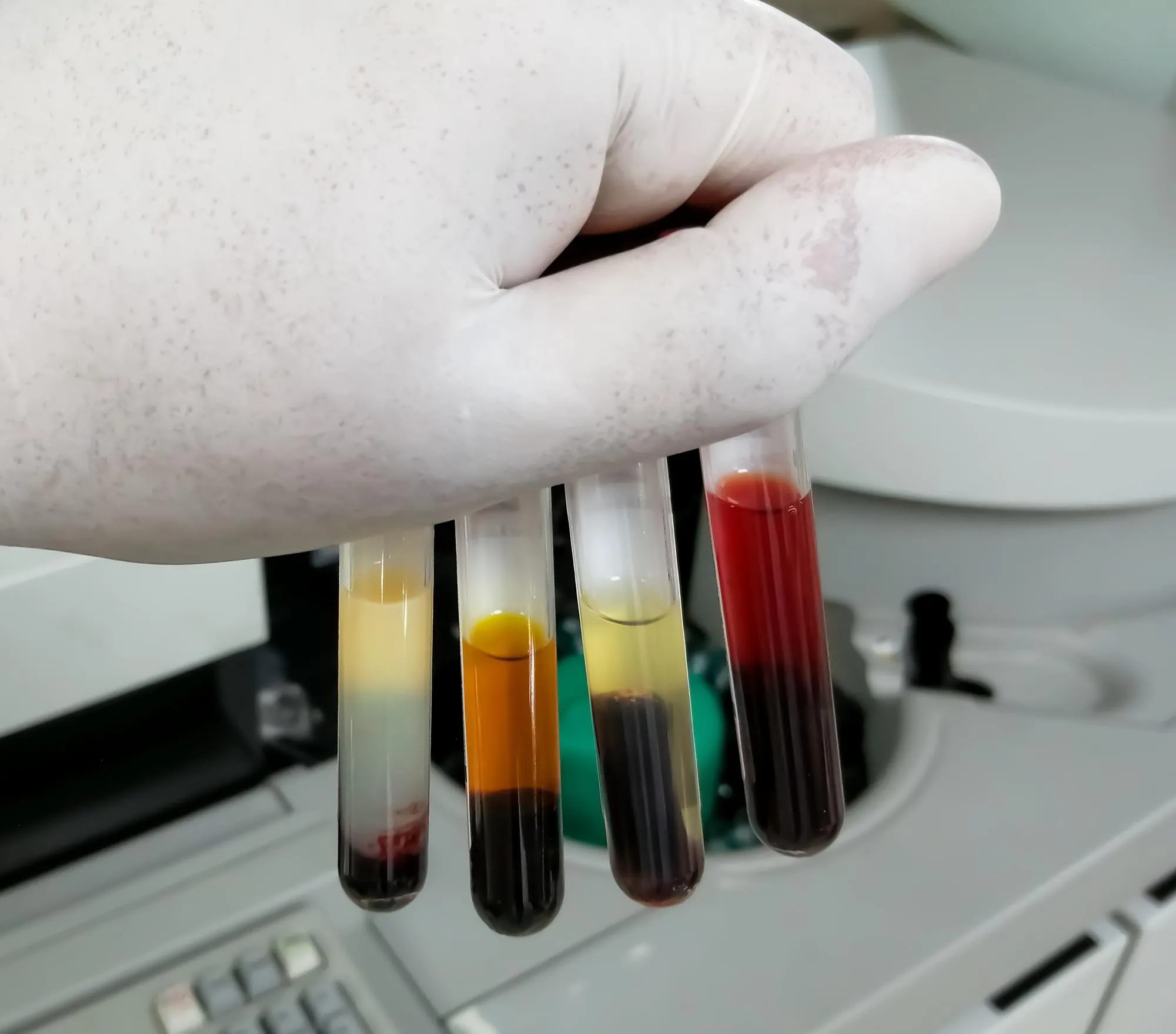Chromatography has long been the cornerstone method for separating chemical mixtures in analytical laboratories around the world. The quest to refine this technique has led scientists to constantly innovate and explore new frontiers in chromatographic analysis. A remarkable study published in the “Journal of Chromatography A” on October 11, 2019, by Darija Obradović and colleagues, represents a significant stride in the understanding of retention characteristics of imidazoline and serotonin receptor ligands. This comparative study explored the frontiers of non-aqueous hydrophilic interaction liquid chromatography (NA-HILIC) and supercritical fluid chromatography (SFC) by using methanol as a mobile phase modifier with the addition of various additives (DOI: 10.1016/j.chroma.2019.04.054).
The Science of Chromatography
Before diving into the specifics of the study, let’s briefly delve into the basics of chromatography. Chromatography is a laboratory technique used to separate components of a mixture based on their relative affinities towards stationary and mobile phases. Over the years, several forms of chromatography have been developed, each with specific applications and advantages.
Non-aqueous Hydrophilic Interaction Liquid Chromatography (NA-HILIC)
NA-HILIC is a variant of HILIC, a powerful method primarily used to separate polar compounds. It capitalizes on the strong hydrogen bonding and hydrophilic interactions that occur between polar analytes and the stationary phase. Unlike traditional HILIC, NA-HILIC uses organic solvents instead of aqueous mobile phases, offering certain benefits such as improved solubility for highly lipophilic compounds.
Supercritical Fluid Chromatography (SFC)
On the other hand, SFC is an environmentally friendly alternative to conventional liquid chromatography techniques. It uses supercritical fluids, like carbon dioxide, as mobile phases. Supercritical fluids have unique properties, such as low viscosity and high diffusivity, which lead to faster separations and lower solvent consumption.
The Comparative Study of Retention Behaviors
The primary aim of Obradović et al.’s research was to compare the retention behaviors of imidazoline and serotonin receptor ligands in NA-HILIC and SFC. Both imidazoline and serotonin receptors play crucial roles in physiological processes, including vascular tone regulation, insulin secretion, and mood regulation. Imidazoline receptors are associated with the regulation of blood pressure, while serotonin receptors are involved in neurotransmission.
The study meticulously determined the interaction mechanisms and the separation selectivity of these biochemically relevant ligands in both chromatographic systems. The research employed methanol, which acted as the organic modifier in the mobile phase. Moreover, two different types of additives were used to study the effects on retention mechanisms.
Findings of the Research
One key observation from the study was that varying the percentage of methanol and type of additives had a substantial impact on the retention time of the ligands in NA-HILIC. Such insights are critical in optimizing the separation of compounds based on their polar and lipophilic characteristics.
In contrast, while using SFC, researchers found that the differences in the ligands’ structure, mainly their capacity for hydrogen bonding, altered their retention behavior. This points to the customized selection of SFC conditions based on the structure of analytes for efficient separations.
Implications and Applications
The study’s insights have far-reaching implications for pharmaceutical, biochemical, and analytical chemistry industries. Improved understanding of retention mechanisms paves the way for the development of more refined analytical methods for complex mixtures. This could enhance drug purity assessment, pharmacokinetics, and even forensics.
Additionally, from an environmental standpoint, the advancement of SFC offers a greener alternative to traditional chromatography methods, resulting in reduced solvent waste and safer laboratory practices.
Future Directions
The in-depth analysis of the retention behaviors encourages further exploration into the applicability of these findings in complex real-world samples. Moreover, the study opens up possibilities for the future development of newer chromatographic materials and conditions that can fine-tune separations even further.
Conclusion
Obradović et al.’s comparative study serves as a valuable resource in the scientific community, providing in-depth knowledge about the retention characteristics of imidazoline and serotonin receptor ligands in two advanced chromatographic techniques. With the proficient use of both NA-HILIC and SFC, researchers and industry professionals can achieve more efficient and environmentally friendly separations.
References
1. Obradović, D., Stavrianidi, A. N., Ustinovich, K. B., Parenago, O. O., Shpigun, O. A., & Agbaba, D. (2019). The comparison of retention behaviours of imidazoline and serotonin receptor ligands in non-aqueous hydrophilic interaction chromatography and supercritical fluid chromatography. Journal of Chromatography A, 371-379. DOI: 10.1016/j.chroma.2019.04.054
2. Poole, C. F. (2017). The essence of chromatography. Elsevier Science.
3. Berthod, A., & Carda-Broch, S. (2004). Supercritical fluid chromatography and extraction. Separation Science and Technology, 8, 339-366.
4. Greibrokk, T., & Anderson, T. (1996). Supercritical fluid chromatography. Journal of Chromatography A, 785(1-2), 1-26.
5. Hemström, P., & Irgum, K. (2006). Hydrophilic interaction chromatography. Journal of Separation Science, 29(12), 1784-1821.
Keywords
1. Supercritical Fluid Chromatography
2. Hydrophilic Interaction Liquid Chromatography
3. Retention Mechanism Chromatography
4. Serotonin Receptor Ligands Analysis
5. Imidazoline Receptors Separation
